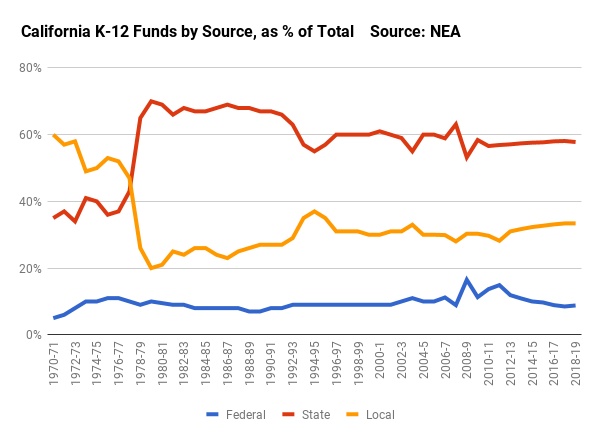Adams Flea and Tick Home Spray
Ingredients
(S)-Methoprene 0.01%,
pyrethroid Etofenprox 0.50%,
Piperonyl Butoxide 2.00%,
pyrethroid Phenothrin - 0.400%
Adams Flea and Tick Home Spray
Ingredients
(S)-Methoprene 0.01%,
pyrethroid Etofenprox 0.50%,
Piperonyl Butoxide 2.00%,
Two classes of insect growth/development regulators have been registered for use as flea control products: juvenile hormone analogs (methoprene, pyriproxyfen) and chitin synthesis inhibitors (lufenuron).
Pyriproxyfen (nylar) is an insect growth regulator. It mimics natural insect hormones that stop young insects from maturing into adults. Pyriproxyfen can affect an insect if it is touched or eaten. However, pyriproxyfen is rarely toxic to adult insects. Instead, it disturbs egg-laying and egg-hatch and keeps young insects from growing into adult forms. This prevents target insects from multiplying.
2-[1-methyl-2-(4-phenoxyphenoxy) ethoxy]pyridine
Methoprene is a juvenile hormone (JH) analog which acts as a growth regulator when used as an insecticide. It is an amber-colored liquid with a faint fruity odor.
Imidacloprid primarily targets adult fleas.
-----------------------------------------
Phenothrin, also called sumithrin and d-phenothrin, is a synthetic pyrethroid that kills adult fleas and ticks. It has also been used to kill head lice in humans. d-Phenothrin is used as a component of aerosol insecticides for domestic use. It is often used with methoprene, an insect growth regulator that interrupts the insect's biological lifecycle by killing the eggs. Phenothrin is the active agent in the branded product Raid Fly and Wasp Killer.
A formulation containing 85.7% phenothrin has been approved for use on cats. Most cats tolerate phenothrin, but a small percentage of cats will develop signs similar to permethrin toxicosis after administration of the product per label directions.
Etofenprox is a pyrethroid derivative which is used as an insecticide.
flumethrin and etofenprox appear to be well tolerated by most cats.
--------------------
Cypermethrin (CP) is a synthetic pyrethroid used as an insecticide in large-scale commercial agricultural applications as well as in consumer products for domestic purposes.
Cyfluthrin is a pyrethroid insecticide and common household pesticide.
Deltamethrin is a pyrethroid ester insecticide.
Resmethrin is a pyrethroid insecticide.Permethrin is a chemical categorized in the pyrethroid insecticide group.
-------------------------
Fipronil is a broad-spectrum insecticide that belongs to the phenylpyrazole chemical family. Fipronil disrupts the insect central nervous system by blocking GABA-gated chloride channels and glutamate-gated chloride (GluCl) channels. This causes hyperexcitation of contaminated insects' nerves and muscles.
Fipronil is the main active ingredient of Frontline TopSpot, Fiproguard, Flevox, and PetArmor (used along with S-methoprene in the 'Plus' versions of these products); these treatments are used in fighting tick and flea infestations in dogs and cats.
Frontline Plus has active two ingredients, fipronil and S-methoprene, which work together to kill parasites and break the flea life cycle. Fipronil kills adult fleas and ticks, while S-methoprene is an insect growth regulator that prevents the development of immature flea stages (eggs, larvae, and pupae).
Classroom assignments are listed in the FUSD Illuminate portal for parents.
Go to this link
https://fremont.illuminatehc.com/login
Select SCHEDULE on the left sidebar.
Select the first day of school.
And your child's assignment will be shown.
This is a complete list of all the MSJE parent chat groups I know about.
Please note that these groups are created by and maintained by parents, on their own time, without use of any FUSD resources.
There is no official affiliation with the District, the school, or its staff.
On a group by group basis, the members may decide to invite or tolerate or forbid teacher participation.
If you don't see your child's classroom list, perhaps you can create one.
Please send me an invitation and I will add it to this list.
If you wish to use a group created for you, please join the Konstella classroom.
I have been asked to not list a chat group for Room 23.
Please also join the PTC's Konstella site by clicking this link.
